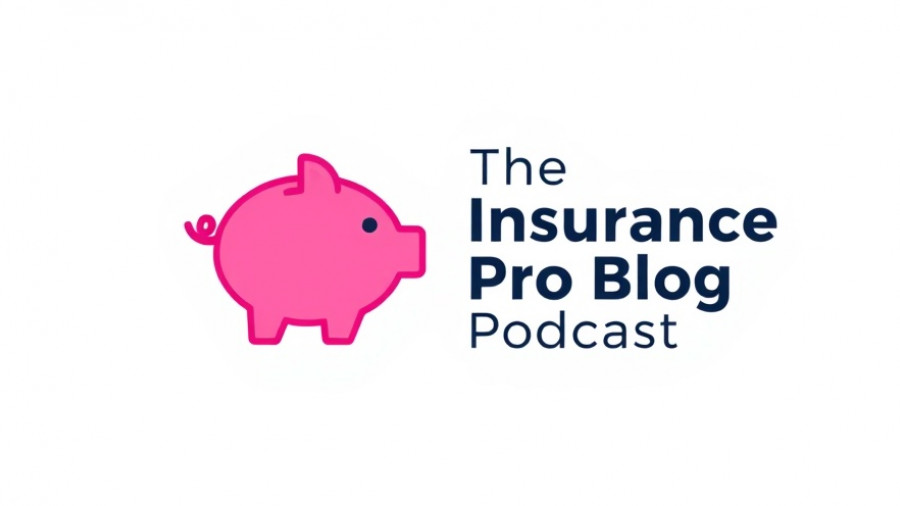
Unpacking the Myths Surrounding MECs
In the realm of life insurance, the term Modified Endowment Contracts (MEC) often conjures anxiety among policyholders and prospective buyers alike. Many people mistakenly believe that a MEC is solely the result of depositing excessive amounts into their life insurance policies. However, the true version of this concept is riddled with misconceptions. Understanding how MECs function, along with the legislative backdrop that gave rise to their existence, is crucial for anyone aiming to put their financial strategy into action.
The Legislative History Behind MECs
To grasp the concept of MECs, it's essential to delve into their history. The introduction of MEC regulations was primarily a reaction to rampant abuses observed with universal life insurance in the late 20th century. In the 1970s and 80s, Congress acted upon realizing that life insurance policies were being exploited as tax shelters, allowing policyholders to bypass or minimize taxable income through what was often perceived as loopholes. This led to the establishment of strict regulations governing what constitutes a MEC.
Understanding the Mechanics: The Seven-Pay Test
At its core, the classification of a life insurance policy as a MEC depends heavily on the seven-pay test. This test evaluates whether the premiums paid into a policy exceed a specified threshold related to its death benefit. Essentially, it isn't merely about the quantity of money contributed but the relationship between that capital and the anticipated payout. For families and financial advisors, this understanding can help navigate the complexities of insurance planning effectively.
Clearing Misconceptions: Is Avoiding a MEC Truly Necessary?
Many people fear inadvertently creating a MEC, leading to consternation about possible tax implications. The good news is that most insurance companies proactively monitor compliance and notify policyholders as they approach MEC thresholds. This support is designed to alleviate any worries about unintentional breaches. Moreover, there are instances where intentionally structuring a policy as a MEC can serve as a beneficial asset protection strategy.
Strategic Considerations: When a MEC Might Be Beneficial
Contrary to popular belief, there are strategic scenarios where creating a MEC might align well with an individual’s or family’s generational wealth planning. For those aiming to accumulate cash value within a life insurance policy while maintaining certain tax advantages, a MEC can be viewed as a tool rather than a hindrance. This nuanced understanding can enable wealth-builders and financial advisors to harness MECs as viable components of broader financial strategies.
Decisions You Can Anchor With This Knowledge
Now armed with insights about MECs, families, professionals, and financial advisors can make informed decisions regarding their life insurance policies. Comprehending the mechanics behind MEC determination empowers individuals to craft personalized insurance planning strategies that complement their long-term financial aspirations. Moreover, aspiring wealth-builders can design policies that aid not only in asset protection but also in sustainable generational wealth succession.
Reflecting on these insights fosters a clear understanding of how MECs should be integrated into broader financial strategies, allowing individuals to leverage their potential advantages.
Ready to learn more about life insurance strategies that work for you? Contact us today to discuss your specific needs and get personalized guidance.
 Add Row
Add Row  Add
Add 




Write A Comment